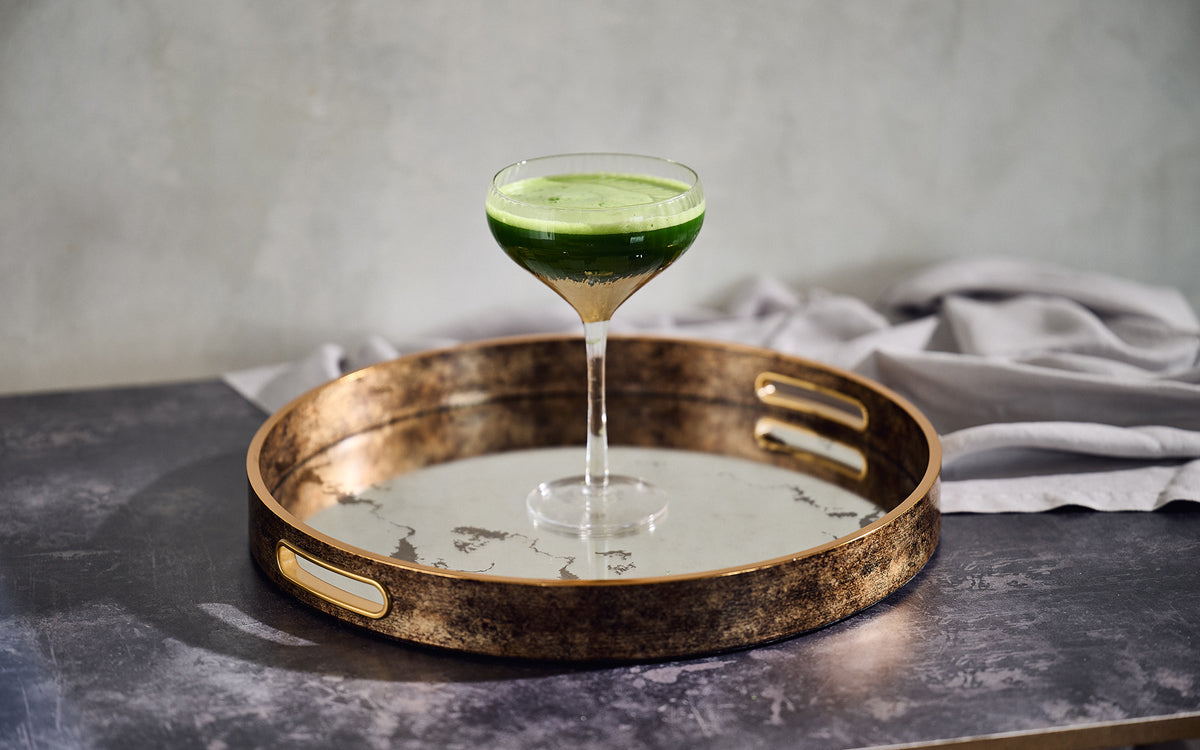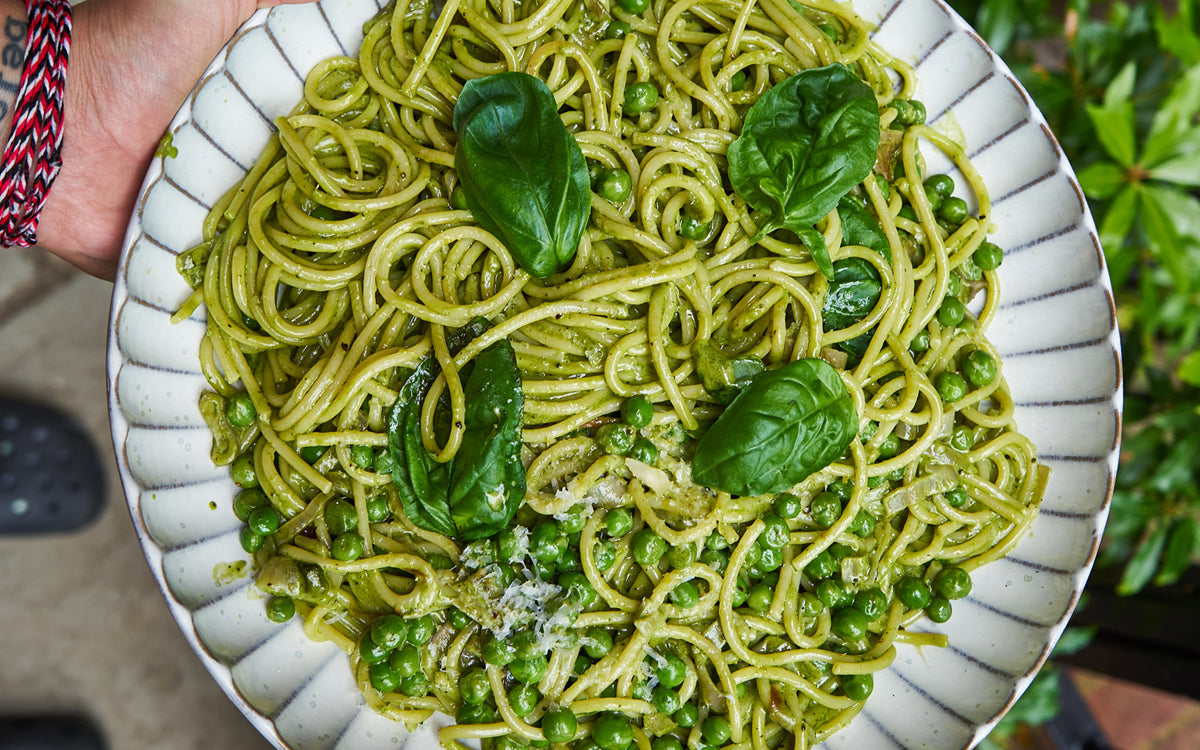You're probably thinking: why am I reading this? I know how to breathe, I do it every day and don't even think about it, it's not even conscious. Hold up. That, right there is the problem. "It's not even conscious". Without delving wildly into the minefield that is the mindfulness taboo (don't be scared, it really is very easy) we are here to teach you how to breathe. Consciously.
Try it now. Breathe normally. How does that feel? You tried a bit harder, didn't you? Now this time, really think about sucking the air into your lungs. Better? Breathing properly helps with sleep, digestion, energy, sport, your heart, nervous system and your brain. So, all the good bits!
Types of breathing
Ujjayi Breathing:
Ujjayi breathing activates the first and second chakras and used regularly in yoga practice. It has also been referred to as the 'ocean breathe'. It's a diaphragmatic breathing that fills the lower stomach, then flows up to the rib cage and ends in the upper throat. Inhale & exhale both through the nose, whilst making a constricted sound in the throat (imagine your breathing onto a mirror to steam it) Measure the breathes equally in time to suit your rhythm, so as not to cause stress to the body or mind. Ujjayi breathing activates the first and second chakras.
Deep hold breathing:
Find a place where you can preferably sit or lie silently to 5-20 minutes for maximum results.
- Inhale, to the count of 5
- Hold breath, to the count of 7
- Exhale, to the count of 9
Repeat 10 times until you feel a sense of deep relaxation.
Abdominal breathing:
- Find a comfortable meditative pose.
- Hold one hand on your chest and one the other place on your stomach.
- Inhale slowly and deeply through your nose and feel your diaphragm expand, drawing in air and inflating your lungs. Your chest should not be rising.
- Take 10 deep, calming breaths a day to notice restoration in your sense of wellbeing.
In order to breathe mindfully, you need to attempt to begin tuning into your body natural rhythm, this may be hard at first, but eventually should be calming and not feel forced or stressful on the lungs or diaphragm. The aim is to not be practising shallow breathing, which has been linked to anxiety. All-natural forces have rhythm, become one!
Congratulations. You can now breathe your way into good health.
“I took a deep breath and listened to the old brag of my heart. I am, I am, I am.”
―Sylvia Plath, The Bell Jar




















